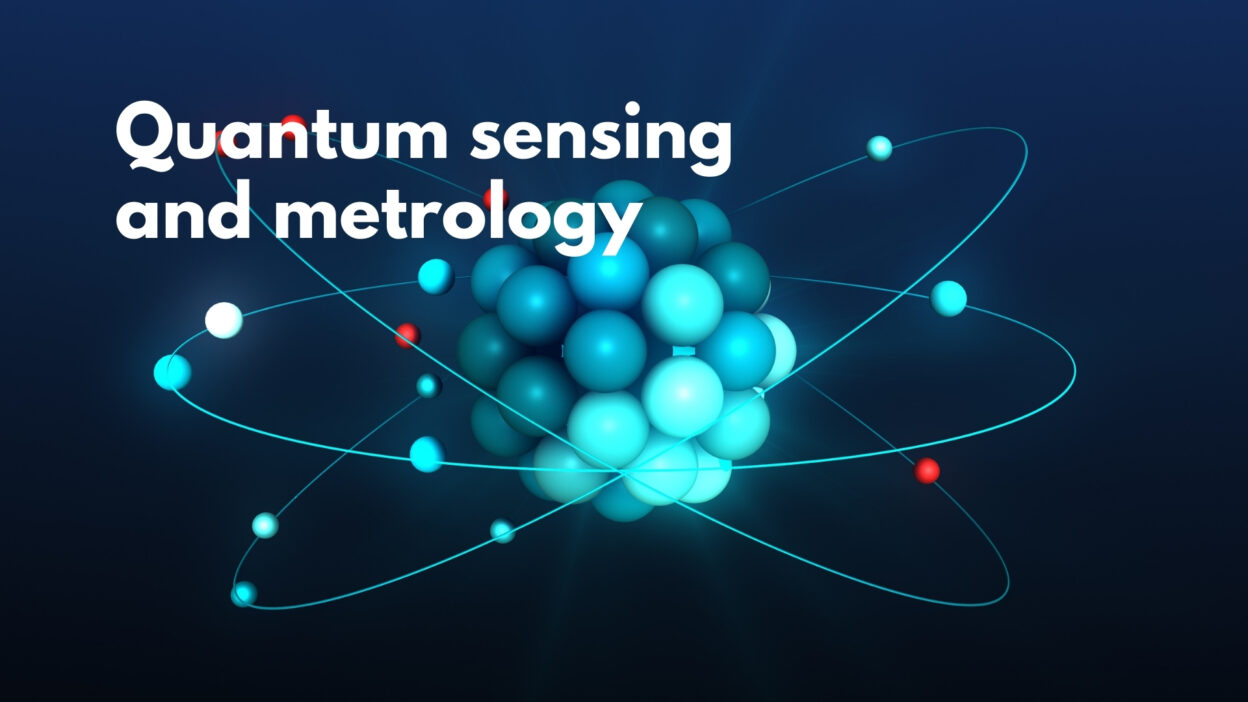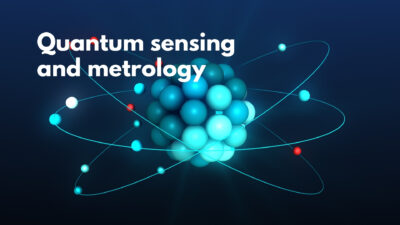This article explains how the second, the SI unit of time, is defined based on the vibrations of a cesium-133 atom. Specifically, one second is the time it takes for a cesium atom to complete 9,192,631,770 vibrations in its ground-state hyperfine transition. This precise definition ensures that time measurements are consistent and accurate worldwide. NIST, along with the U.S. Naval Observatory, provides official U.S. time and contributes to Coordinated Universal Time (UTC), which is used globally.
NIST offers various services to help people set their clocks accurately, including internet and telephone time services. These services are available through NIST’s Time and Frequency Division. The article also mentions an educational video series designed for middle school students that explains the SI base units in a fun and engaging way, using a character named Professor Second who uses cesium atoms to keep time precise.
Source: https://www.nist.gov/pml/owm/si-units-time
Keywords: cesium frequency, time synchronization, frequency measurement



